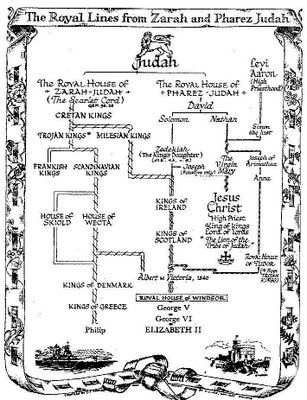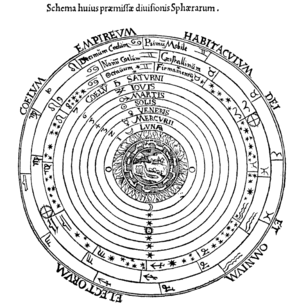Scholars are very busy people so we can surely forgive them when they write reviews that indicate they haven’t taken the time to read attentively what they are reviewing.
One instance of this is James D. G. Dunn’s review of Robert Price’s chapter questioning the historicity of Jesus in The Historical Jesus: Five Views. Dunn faults Price for irritating him by “ignoring what everyone else in the business regards as primary data”.
Where I begin to become irritated by Price’s thesis, as with those of his predecessors, is his ignoring what everyone else in the business regards as primary data . . . . Why no mention of 1 Corinthians 15:3 — generally reckoned to be an account of the faith that Paul received when he was converted, that is, within two or three years of the putative events — “that Christ died. . . .” Why no reference to Paul’s preaching of Christ crucified (1 Cor 1:23), his preaching as openly portraying Christ as crucified (Gal 3:1)?
When I read or hear what others say about such and such, I have learned it generally pays to read such and such for myself before taking anyone else’s perceptions and accounts on board. Anyone reading Dunn’s criticism here would, on the civil assumption he is accurately indicating what Price failed to address, tend to think Price a bit of a dunce for ignoring such obvious data. Continue reading “Dunn on Price (2)”







